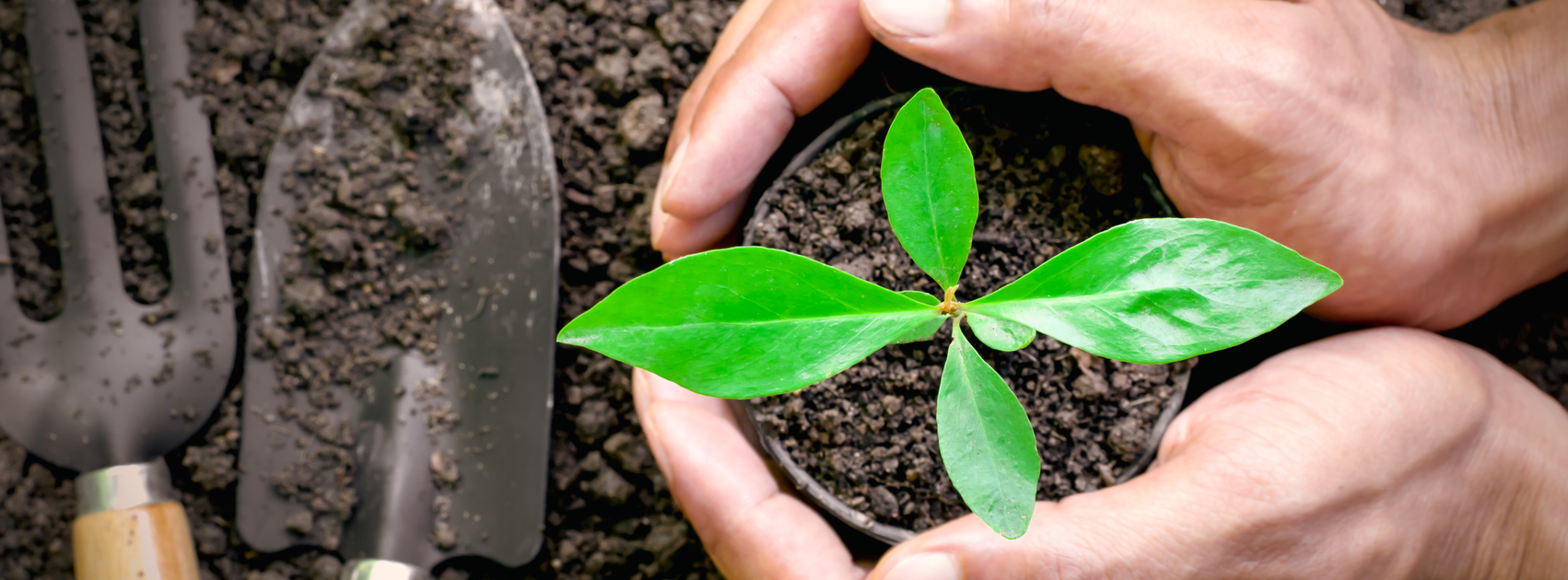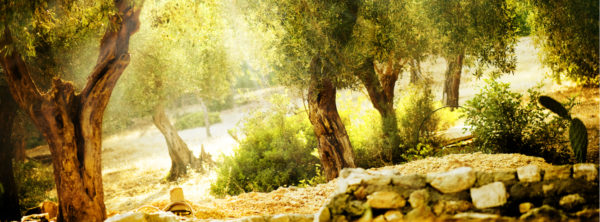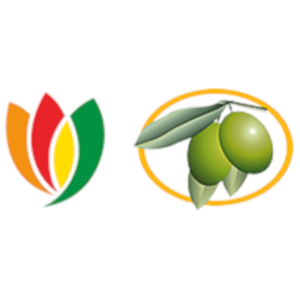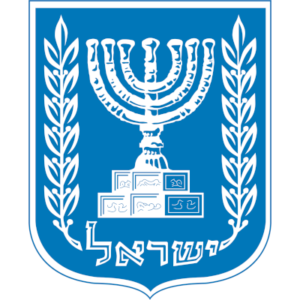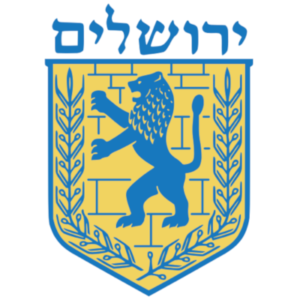Have you ever wondered how the celebration of Tu B’Shevat got its name? If you’ve pondered this question, you aren’t alone. And you likely have more questions about this green, sign-of-new-birth holiday. Keep reading to get more of your questions about this traditional holiday answered.
When described as Israel’s Arbor Day, Tu B’Shevat begins to make more sense as to what this holiday commemorates. It gets its name from the day on the Hebrew calendar it is observed—the 15th of Shevat. It is an annual Jewish celebration dedicated specifically to the planting of trees.
As previously mentioned, Tu B’Shevat is also known as Israel’s Arbor Day. Every year, the Jewish people gather to give thanks for the bountiful harvests from the previous year. Communities also come together and plant as a symbol of trust regarding the abundance they expect in the new year.
The customs and celebrations that surround Tu B’Shevat date all the way to the Second Temple period. Originally it was the date used to determine the day for levying the tithe on the produce of the fruit trees. Then, after each tree's third Tu B’Shevat, its fruit was ready to eat—making it kosher.
When Is Tu B’Shevat?
Tu B’Shevat 2019 falls on January 21.
Tu B’Shevat falls on a different date every year on the Western Gregorian calendar. This is due to the Western calendar aligning with the sun’s rotation, and the Hebrew calendar aligning with the lunar rotation. As a result, the days and holidays vary from year to year.
Although Tu B’Shevat is always on the 15th of Shevat on the Hebrew calendar, for the Western calendar, it can fall anytime from the end of January to the beginning of February.
Isn’t it interesting that the celebration of growth and life falls on our Western calendar during a time when much of us are still shoveling snow or at least trying to keep warm?
Many of us don’t think of January as a planting season. However, we can think of the cold month as a time when seeds are planted and will grow into lush, green foliage that’s ready to be seen as soon as the snow melts and the bright spring sunshine peeks through our windows and starts to warm us up.
Tu B’Shevat comes at a time of the year when the winter rains have typically ended in Israel, signaling a season of new life—a season when a new cycle of tree growth and fruit bearing begins! Thus, it is not only a time to plant new trees but also a time when established trees are ready to begin bearing fruit.
Where Is Tu B’Shevat Celebrated?
Tu B’Shevat is celebrated by many around the world. Although typically observed by Jews, many Christians have come to understand the significance of this holiday as it relates to their spiritual heritage and God’s call for us to be good stewards of the land.
While we aren’t able to go out and plant trees wherever we would like, or even in the Holy Land—where the actual holiday originates—we can be partners with those who can.
Check out how YOU can get involved in this ancient tradition of planting new life HERE!
Tu B’Shevat Is Commemorated Around the World
Although a traditional Israeli holiday, Tu B’Shevat is celebrated in other areas of the world such as Canada, Australia, the United Kingdom, and the United States.
It’s a wonderful day that reminds each of us, wherever we are, that when we take care of what God gave us, He uses it to bless us and meet our needs.
Why Is Tu B’Shevat Celebrated and Observed?
Tu B’Shevat is rooted in biblical tradition and in the creation story. On the third day God said, “…’Let the earth bring forth grass, the herb that yields seed, and the fruit tree that yields fruit according to its kind, whose seed is in itself, on the earth’; and it was so.”—Genesis 1:11
Tu B’Shevat is about restoring the earth to what the Lord designed it to be—a place that produces and multiplies life for us to take dominion of, cultivate, and enjoy.
Through times of war and neglect—essentially the curse of the fall—the land, in addition to humanity, suffers greatly.
Trees represent life and wisdom. Proverbs 3:18 says, “She is a tree of life to those who take hold of her, and happy are all who retain her.” She in the verse refers to God’s Word and instruction.
If God’s instruction is “a tree of life,” then clearly the Lord values how we treat and what we do with His creation. He wants us to take hold of His Word and do what He commands, and we will be blessed.
Planting trees, especially in the Holy Land, is one of the most significant ways to symbolically and literally partner with God’s original intent for us—subduing the earth.
Tu B’Shevat and the Zionist Movement
As the Zionist Movement progressed in the late 19th and early 20th centuries, so did the festival of Tu B’Shevat. The mission of the early Zionist was to see the Jewish homeland restored and the desert bloom. Many involved in the movement took advantage of the traditional holiday and promoted planting in a number of kibbutzim and mashovs.
How Is Tu B’Shevat Celebrated?
On Tu B’Shevat, families celebrate by gathering together in communities throughout the Nation of Israel to plant new trees as a symbol of strength and prosperity. What a wonderful opportunity this is to encourage God’s children to give thanks for new life and for the new cycle of growth and fruitfulness to come!
After the Second Temple, the holiday of Tu B’Shevat was set aside and was not practiced for years. In the Middle Ages it was revived by kibbutz farmers. They embraced their heritage and began restoring the ground as they restored ancient Jewish traditions.
Tu B’Shevat, Seder Meals, and the Seven Species
Seder meals, similar to Passover meals, were instituted as well. The meals often involve eating the Seven Species mentioned in Deuteronomy 8: wheat, barley, grapes, figs, pomegranates, olives, and dates. Also, part of the Tu B’Shevat tradition is drinking 4 cups of wine, each having a slightly different hue. The 4 shades represent the 4 seasons.
Though Tu B’Shevat may have started as a cutoff date to bring firstfruits to the temple and developed into an environmental holiday, today it remains a connection to our roots and our role as good stewards of the earth.
Today, we can appreciate all that God has done, and will do: providing food, beauty, and restoration to this colorful sphere we call home.
Aren’t we all ready to see and feel those warm spring days when they finally arrive? Then let’s prepare for them now!! Consider becoming a part of the prophetic restoration of Israel this Tu B’Shevat, Israel’s Arbor Day. These green landscapes were foretold by the prophets of Isaiah, Ezekiel, and Amos—together we can make the desert bloom and produce abundant fruit!
Click HERE to read about how your sponsorship is fulfilling prophecy!
